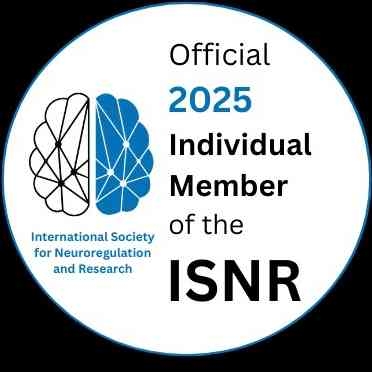INR. 20000 INR. 200000
+918042783230

This is your website preview.
Currently it only shows your basic business info. Start adding relevant business details such as description, images and products or services to gain your customers attention by using Boost 360 android app / iOS App / web portal.
Introductory Training On Brain Mapping Forum Of India
Description
Learning Objectives Section 1-3 1. Describe Sterman's early work with SMR training impacting seizures in cats and humans. 2. Discuss the use of Continuous Performance Test data with neurofeedback and results across diagnostic categories. 3. Describe results of the qEEG technologies and Cri-Help studies of neurofeedback for PTSD and addictions. 4. Discuss how symptom tracking data support the self-regulation model of neurofeedback. 5. Describe how common-mode rejection with a differential amplifier allows extraction of small signals from large background noise. 6. Explain how to administer the qEEG and create a report on qEEG Expert to be used as a pre-post neurofeedback training measure. Section 4-5 1. Compare and contrast classical peripheral biofeedback and EEG neurofeedback. 2. Distinguish the frequency domain and the time domain descriptions of the EEG for purposes of display, analysis and reinforcement. 3. Use neurofeedback instrumentation in simulation and live mode, and store and replay EEG session data. 4. Describe the International 10-20 System of electrode placement and locate sites indicated for EEG training. 5. Set up symptom tracking for a client on EEG Expert, and enter data over neurofeedback sessions to produce graphs showing progress with training. Section 6 1. Describe the role of the brainstem reticular activating system in managing brain states. 2. Explain the different action of reward and inhibit frequency bands in neurofeedback. 3. Discuss the short-term and long-term effects of neurofeedback in terms of state shifts and learned self-regulation of state. 4. Describe options and rationale for starting sites and reward frequency during initial neurofeedback session. 5. Compare and contrast common symptoms that arise or increase when the reward frequency is either too high or too low. Section 7-9 1. Describe symptoms indicating unstable arousal and appropriate training placement. 2. Contrast functions and dysfunctions of arousal, activation and reward, and discuss related choices of reward frequency and electrode placement. 3. Discuss the role of the pre-frontal cortex in inhibiting primitive sub-cortical behaviors and symptoms indicating need for pre-frontal training. 4. Discuss differences in left and right brain function and symptoms indicating the need to train the right hemisphere only. 5. Explain how Alpha-Theta training allows access to and resolution of sub-cortical fears and habits. Section 10 1. Use information on symptoms, developmental and trauma history, treatment history and genetic history to characterize patterns of disregulation and appropriate starting protocols. 2. Describe basic training sites and their relationship to multimodal association areas. 3. Describe how brain imaging data might or might not be useful in determining reward frequency and/or training sites. 4. Discuss considerations regarding when to add Alpha-Theta training and how to combine it with awake-state training. 5. Discuss alpha, theta, delta and beta trend lines during Alpha-Theta training and how they might relate to state shifts during training.


